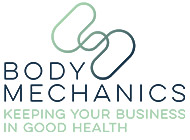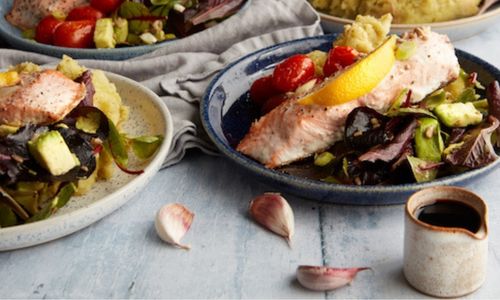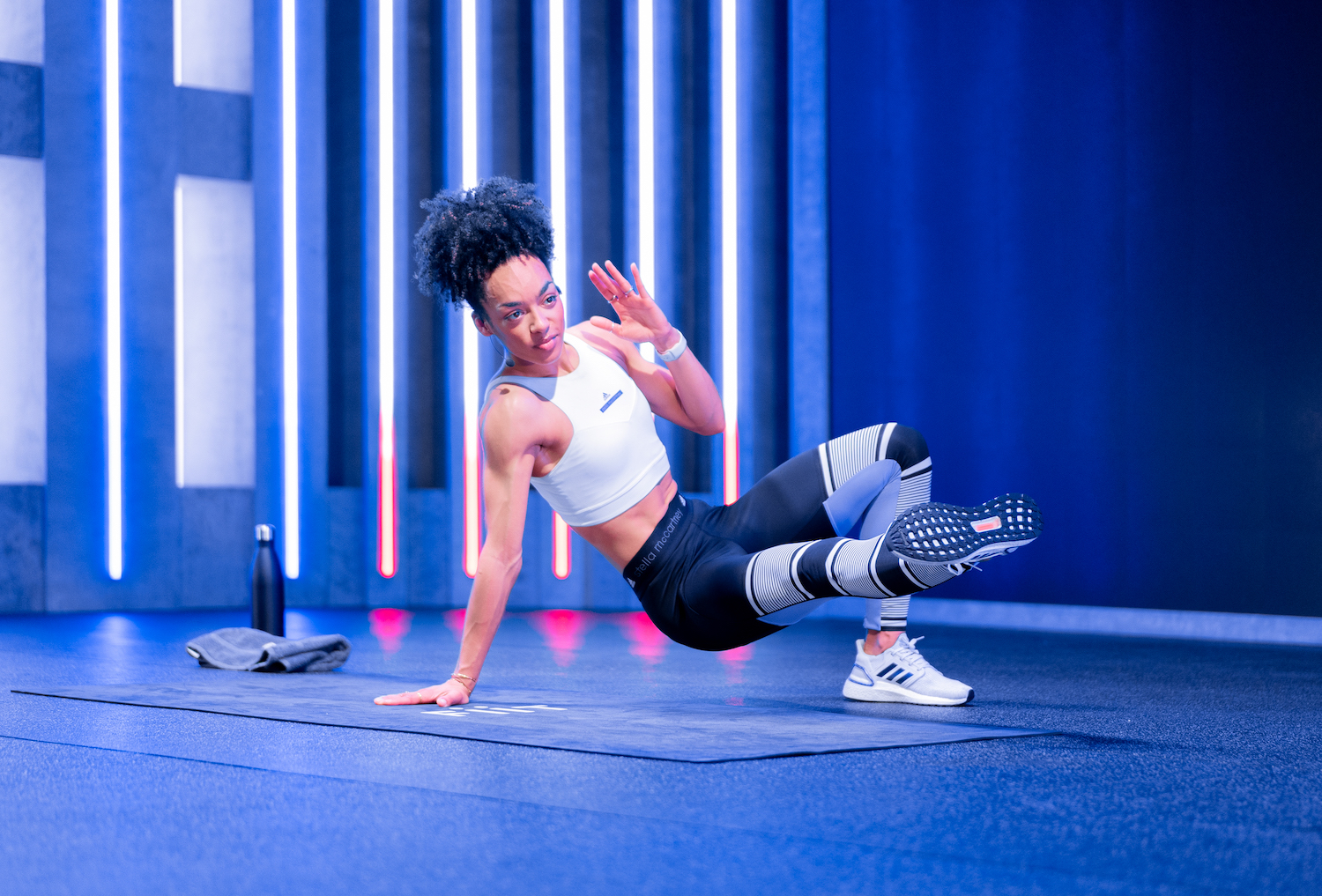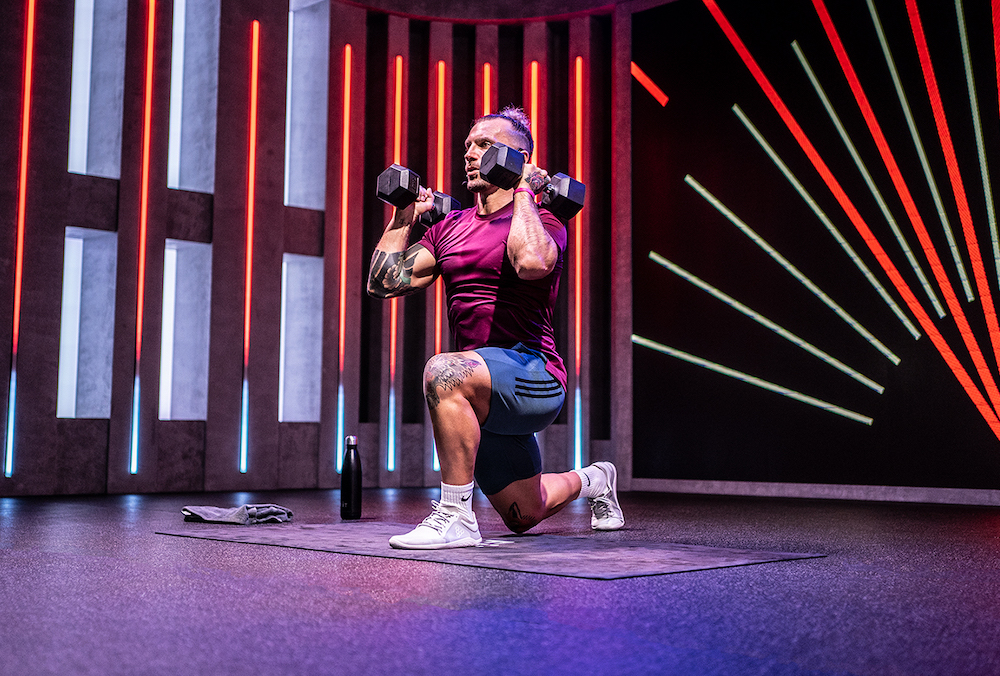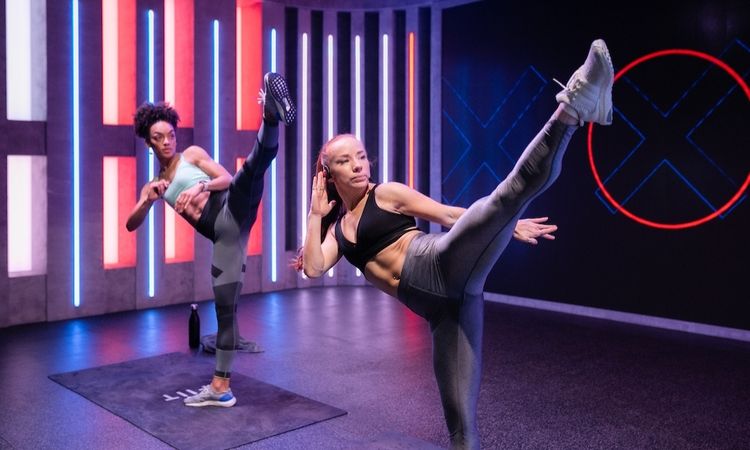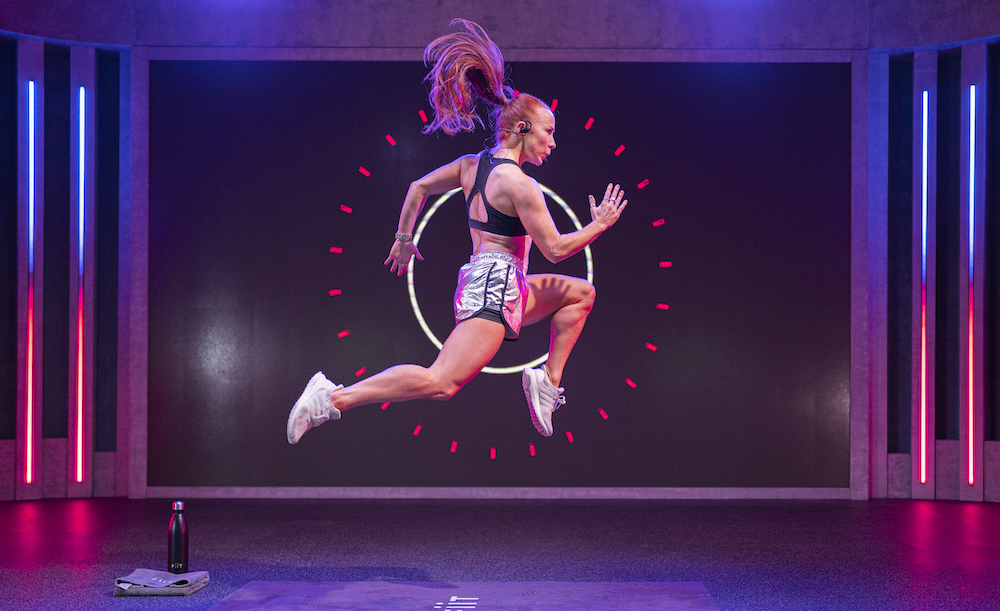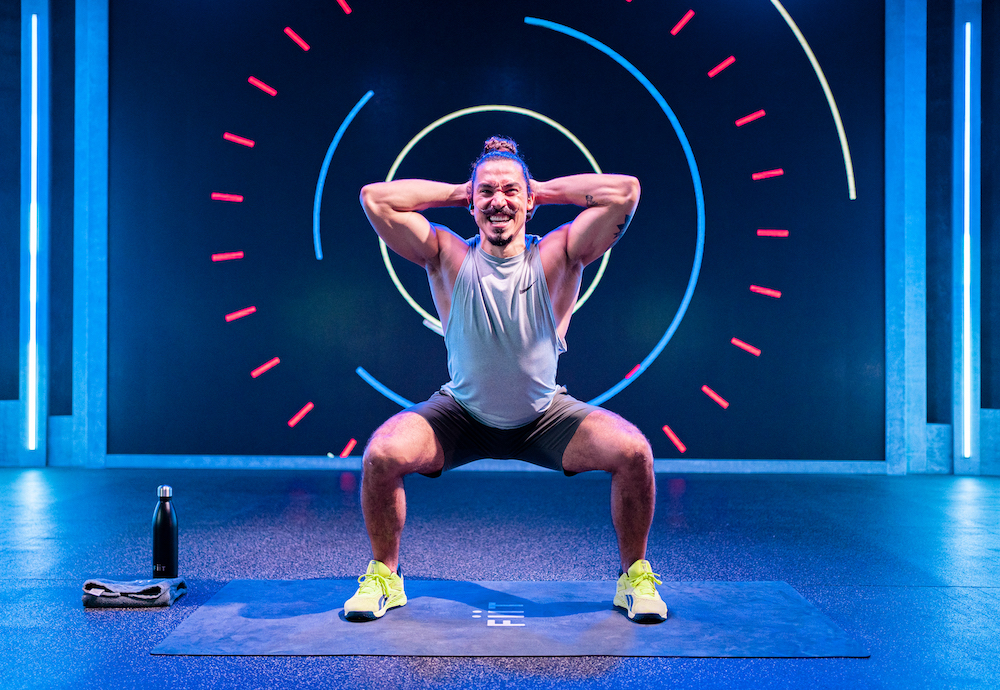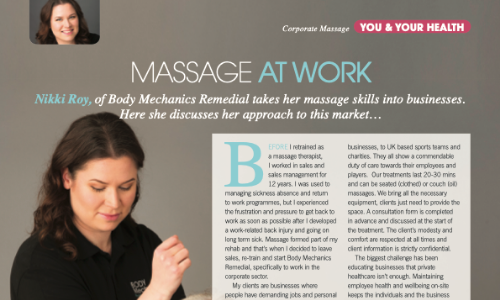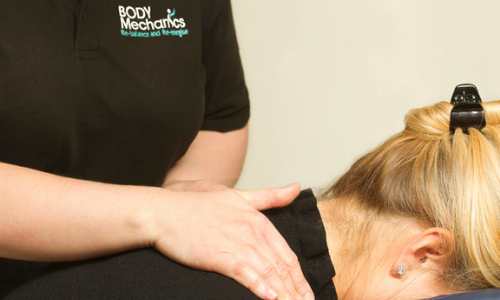Walk Your Way to Mental Wellbeing with Stag Walkers
With many of our favourite pastimes closed off to us during lockdown, walking remained a simple but vital way for many of us to stay fit and de-stress.
As the country continues to gradually move out of lockdown, we are hopeful that we are finally moving on to better times. The impact of Covid-19 has been huge and devastating for a variety of reasons, especially with regard to mental health.
The awareness surrounding mental health has improved in recent years, but the potential remains to do more. According to the Mental Health Foundation, mental health and behavioural problems (e.g. depression, anxiety and drug use) are reported to be the primary drivers of disability worldwide, causing over 40 million years of disability in 20 to 29-year-olds. It is also estimated that one in six people in the past week experienced a common mental health problem.
The past year or so has been particularly difficult for people who have found themselves out of work due to lockdown, either because of redundancy or furlough. Having our day-to-day normality suddenly interrupted and the concern caused by new practices being put in place, not to mention the challenges of juggling a job with parenting and home-schooling, can place a huge burden on a person's mental health. Our pastimes and pleasures, such as playing sport, going to the pub or cinema or simply visiting friends and family, often play a vital role in helping us deal with the pressures of everyday life. But with many of those avenues closed off during the pandemic, walking has become something of a saving grace for many.
Lift Your Mood
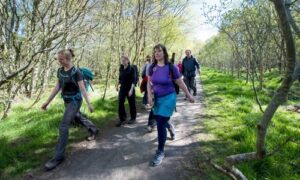 Mental Health Awareness Week, which took place between 10th-16th May, provided some top tips on how to connect with nature to improve mental health. For example, visiting natural places like parks, gardens or forests can help you reduce your risk of mental health issues, lift your mood and help you feel better about things. Throughout the pandemic, increasing numbers of people have turned to walking, either for exercise, relieving stress or spending some valuable time with someone for a socially distanced catch up. In the second half of last year, the Ramblers, welcomed 30 per cent more new members than for the same period the previous year. The Ramblers is a charity whose goal is to protect the ability of people to enjoy the sense of freedom and benefits that come from being outdoors on foot.
Mental Health Awareness Week, which took place between 10th-16th May, provided some top tips on how to connect with nature to improve mental health. For example, visiting natural places like parks, gardens or forests can help you reduce your risk of mental health issues, lift your mood and help you feel better about things. Throughout the pandemic, increasing numbers of people have turned to walking, either for exercise, relieving stress or spending some valuable time with someone for a socially distanced catch up. In the second half of last year, the Ramblers, welcomed 30 per cent more new members than for the same period the previous year. The Ramblers is a charity whose goal is to protect the ability of people to enjoy the sense of freedom and benefits that come from being outdoors on foot.
There are thousands of miles of beautiful countryside to explore, and that is how members of Ramblers groups often spend their leisure time. Stag Walkers, for example, is a friendly and sociable Ramblers group aimed at people in their 20s and 30s across Hertfordshire, Bedfordshire and Cambridgeshire.
Staying Connected
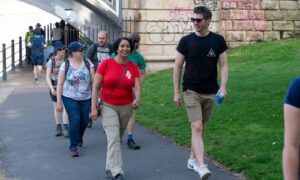 Despite not being able to meet up for group walks during lockdown, many of the group’s members have stayed connected by sharing photos from their solo walks. As well as the physical benefits, being a part of a group like Stag Walkers has further advantages when it comes to mental health. Face-to-face contact and just being able to talk to a friend now and again is extremely important to help us remain happy and balanced, whatever the day throws at us. This is something the Stag Walkers group remained conscious of as the group's Chair, Rebecca Dawson, explains:
Despite not being able to meet up for group walks during lockdown, many of the group’s members have stayed connected by sharing photos from their solo walks. As well as the physical benefits, being a part of a group like Stag Walkers has further advantages when it comes to mental health. Face-to-face contact and just being able to talk to a friend now and again is extremely important to help us remain happy and balanced, whatever the day throws at us. This is something the Stag Walkers group remained conscious of as the group's Chair, Rebecca Dawson, explains:
“During lockdown we realised that many of our members might appreciate some virtual events to keep us all in touch. So, as well as online socials and the ubiquitous pub quiz, we also put on some virtual walking events such as our recent Icknield Way virtual challenge, and Land’s End to John O’Groats virtual group walk.”
Ramblers groups can also provide a relaxing and social way for people to familiarise themselves with new locations. Vicky joined Stag Walkers in July 2019 after moving to Letchworth in Hertfordshire. She said: “I knew nobody in the area so I was keen to explore and meet new people. I love being able to explore the countryside on a led walk and not have to check my map constantly. During lockdown the group has also been a real lifeline as I live on my own and even though group walks were suspended I was still able to meet up with members one-on-one for a walk.”
Thankfully for Vicky and her fellow Ramblers, group walks are back on - with appropriate Covid-safe measures in place.
Rebecca Dawson concluded: “For a walking group like ours, whose main purpose is to enjoy the great outdoors together, we’ve missed being able to do what we love. We can now look forward to welcoming back our members and anybody with a new-found appreciation for walking.”
Case Study: Will joined the Ramblers after a life-changing operation. This is his story:
“I had always enjoyed longer walks but there was a period in my life where walking was almost impossible. I could barely walk 100 metres let alone anything else. In early 2018 I had a life-transforming operation that gave me my life back. Though breathing wasn’t the only thing that I needed to get back on track. I had become incredibly insular and was barely coping with depression. So, late in 2018 I joined my local Ramblers group, Stag Walkers. It did a number of things for me as well as improving my physical fitness, but it gave me a social life back. Almost three years later I have made a great group of friends and I now have the confidence to lead walks and take an active role in helping to run the group. Stag Walkers has almost given me as much of a life as the life-saving operation did.”
Walking for Health has some top tips to help you stay motivated when walking:
Set (realistic) goals
Setting yourself personal goals can really help to keep you focused and keep you walking. Make sure that they are challenging, but realistic – and that you set a time limit so that you can tell if you’ve achieved them.
Take on a challenge
Signing up for a walking challenge is another way to give yourself a goal to aim for. Having an event to aim for and people sponsoring you will give you the encouragement you need to get training by walking more day to day.
Don’t do it alone
Walking with a friend or a group is a great way to keep motivated – you can help and encourage each other to keep going. If you set specific dates to go out with other people, then you’re less likely to decide against it at the last minute.
Find new routes
It’s great to get out and discover new places – with a group or on your own. You can find new routes by joining different Walking for Health walks around you.
Or if you want to branch out on your own, you can find routes to follow in your area using Ramblers Routes. They’re all developed by trained volunteers, so you know that you’re in expert hands.
Use technology and track your progress
It can be really satisfying to see the distance you’ve walked, the steps you’ve taken, or the calories you’ve burnt mounting up. If you have a smartphone, there are lots of great apps around to help you track how far you’ve walked and provide lots of other stats. Or you could use a pedometer or step counter to keep track of how many steps you’re doing.

Connect with local groups
To view and book on to upcoming Stag Walkers group walks visit their MeetUp page.
There are 500 Ramblers groups across GB, with most counties having a younger-age walking group nearby.
